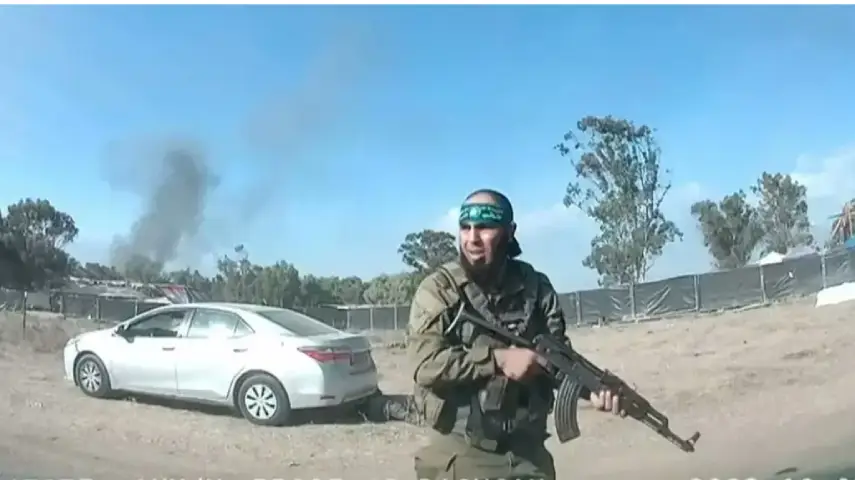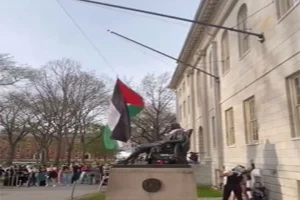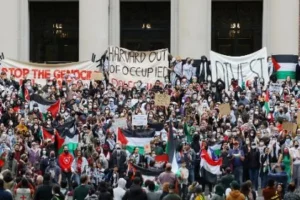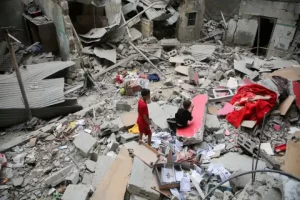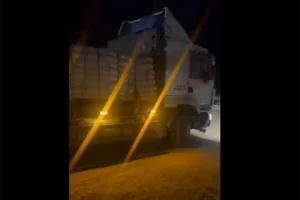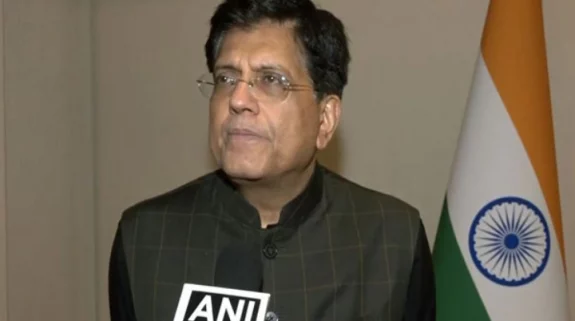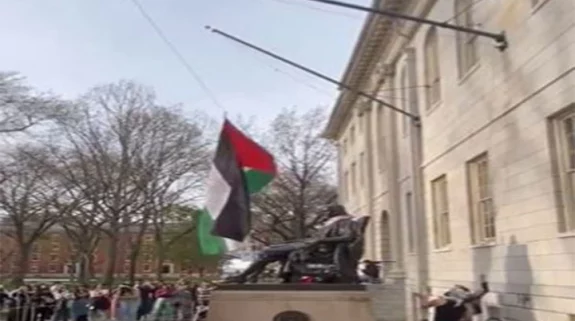There has been much speculation about why Israel was caught napping when Hamas, on October 7 launched its murderous attacks after crossing the Gaza border, killing with impunity nearly 1500 Israelis including women and children.
There are multiple factors, both strategic and tactical, that would eventually explain Israel’s monumental security lapse that has stunned the world. In terms of psychological warfare, the blow is huge, as it has shaken faith in Israel’s military predominance in the region. Israel’s deterrence has taken a big hit, after the bloodletting on October 7.
So why did Israel lift its eye off the ball, and suffer a catastrophic blow right under its nose?
At a strategic level, the underlying current that led to the disaster can be captured in a single world—complacency.
And there is a reason why Israel was complacent. By the time the attacks took place, the Israeli security leadership had been convinced that it had defanged Hamas, which had been hammered by several Israeli incursions since the Palestinian outfit began to rule Gaza following the 2006 elections in the coastal strip.
The cycle of violence with Hamas began in November 2008 when Israeli soldiers launched a raid into Gaza to kill Hamas militants. The incursion morphed into Operation Cast Lead, an aerial and ground assault on Gaza that lasted several weeks. The operation killed an estimated 1,000 Palestinians and 12 Israelis.
Violence flared up again in 2012, after an increase in Hamas rocket attacks launched from Gaza to Israel. Israel retaliated with eight days of airstrikes and killed the head of Hamas’s military wing.
In 2014, Israel launched Operation Protective Edge after Hamas kidnapped and killed three Israeli teens from the West Bank. In response, Israel launched airstrikes, ground operations, and naval blockades in Gaza. Hamas launched rockets of its own into Israel, most of which were intercepted by Israel’s Iron Dome system.
However, Operation Protective Edge was a turning point as it caused Israel to rework its equation with Hamas, feeding into a sense of complacency which created an opening for the October 7 bludgeoning.
In fact, following the 2014 operation, a new quartet comprising Israel, the United States, the United Nations, and Qatar was formed. The foursome established a new mechanism allowing Qatari government to transfer $30 million per month to Hamas operatives in Gaza. Out of this amount, Israel supplied $10 million worth of fuel for operating Gaza’s sole power plant. Another $10 million was used to fund salaries of government employees, while a matching amount was channelled to 100,000 needy families, amounting to $100 per unit.
With the new arrangement in place, Israel apparently dropped its vigil on Gaza significantly, assuming the Hamas in Gaza did not pose a big national security threat. It was also assumed that the group’s sporadic protestations, to placate domestic constituencies were within manageable limits. Besides, within Israel, a concept took root that more the Hamas accumulated economic assets, the lesser would be its hunger to fulfil its dangerous ideology of seeking Israel’s destruction.
Second, Israel has been single mindedly focusing on Iran’s nuclear programme, which was discovered in 2002. The International Atomic Energy Agency (IAEA) declared that the Iranian nuclear programme was more sophisticated than earlier envisaged, a point that Israel leveraged unremittingly. Consequently, in tune with the US attack on Iraq in 2003 on the false pretext that Baghdad possessed weapons of mass destruction, some Israeli leaders urged Washington to target Iran as well.
Besides, Israel’s hostility led Tel Aviv to bond with some former Soviet republics, especially Azerbaijan, which had a hostile relationship with Iran.
By the time Israel’s 2006 war with Iran-backed Hezbollah in Lebanon broke out, the Israeli security establishment diverted considerable assets to monitor the “Shiite nexus” marshalled by Tehran, which also included Syria and Iraq in its ambit, possibly resulting in a lighter vigilance on Hamas’ footprint in Gaza.
Third, while Israel’s complacency towards Hamas reached an inflexion point in 2014, there may have been another factor—Israel’s ties with Qatar– that is likely to have influenced Tel Aviv to lower its guard.
Israel has had a Yoyo relationship with Qatar, a part of the Muslim Brotherhood network, of which Hamas is a prized component.
Soon after the Oslo accords of 1993, which anchored the two-state solution to end the Israel-Palestine conflict, Israel chose to open offices of interest in two Gulf countries, one of which was Qatar. Though it closed this office after the second Intifada in 2000, it is well-known that Israel continued to maintain diplomatic contacts with Doha.
Riding on its good backchannel contacts with Doha, Israel, in 2012 did not impede the visit to Gaza of Qatar’s former Emir, Sheikh Hamad bin Khalifa al-Thani, where he pledged to raise $400 million to be used for the economic rehabilitation of the strip under Hamas’ stewardship.
The comfort and communication level between the two is likely to have been a major factor in Israel’s readiness to channel money originating from Doha to Hamas following Operation Protective Edge. But Israel’s over-reliance on Qatar to keep a lid on Hamas, may have been of pivotal importance, leading Tel Aviv to lower its guard, thereby suffering a devastating blow on October 7.
Several tactical factors seem to have played out in Hamas’ equivalent of shock and awe strike on Israel.
The portal StratNewsGlobal is reporting following an interview with Ramanathan Kumar, former special secretary R&AW, that “Hamas had, possibly over a prolonged period, studied Israel’s security posture opposite Gaza and pinpointed major weaknesses. When they attacked on Oct. 7, they were able to disable or destroy all Israeli sensors and communication links”.
He points out that Hamas used hand-held analog radios of an earlier time during the attack and eschewed all digital communication that could have been easily intercepted.
Also Read: Why India must stand firm on calling out terror but standing by Palestinian people






